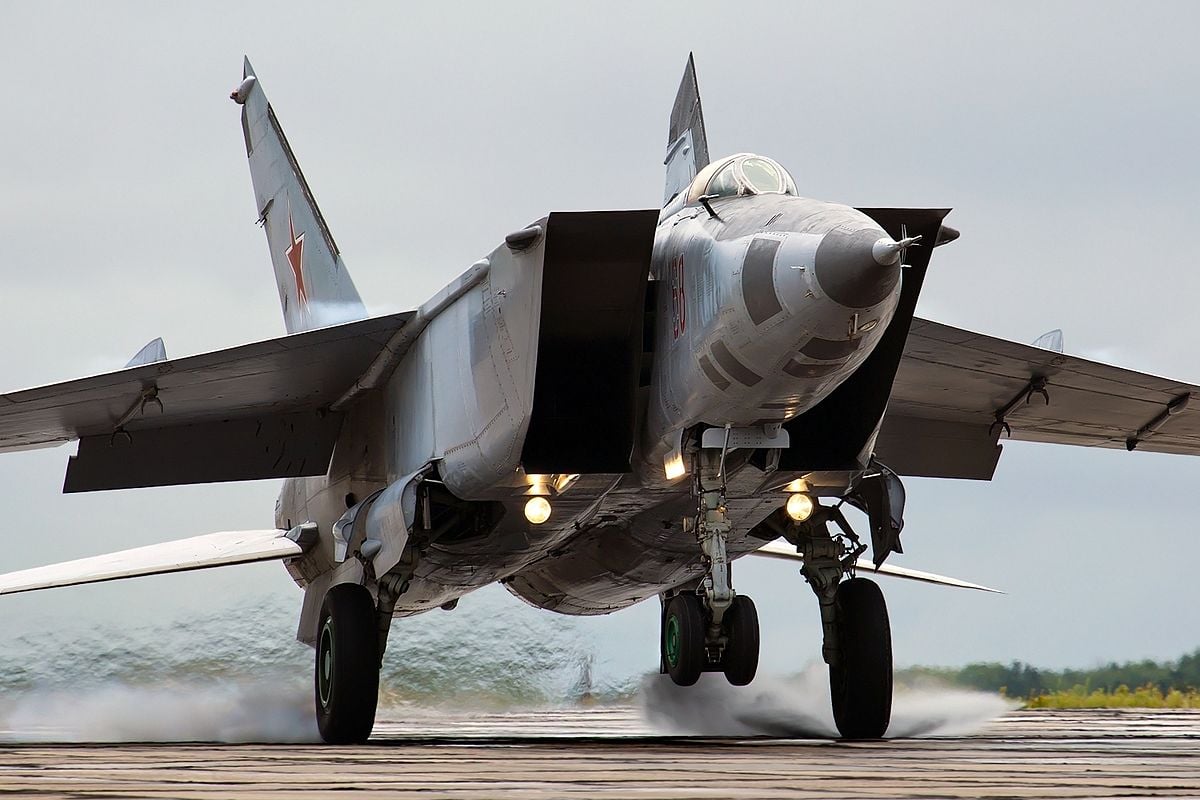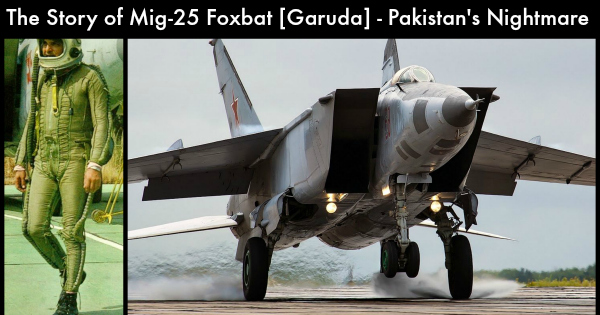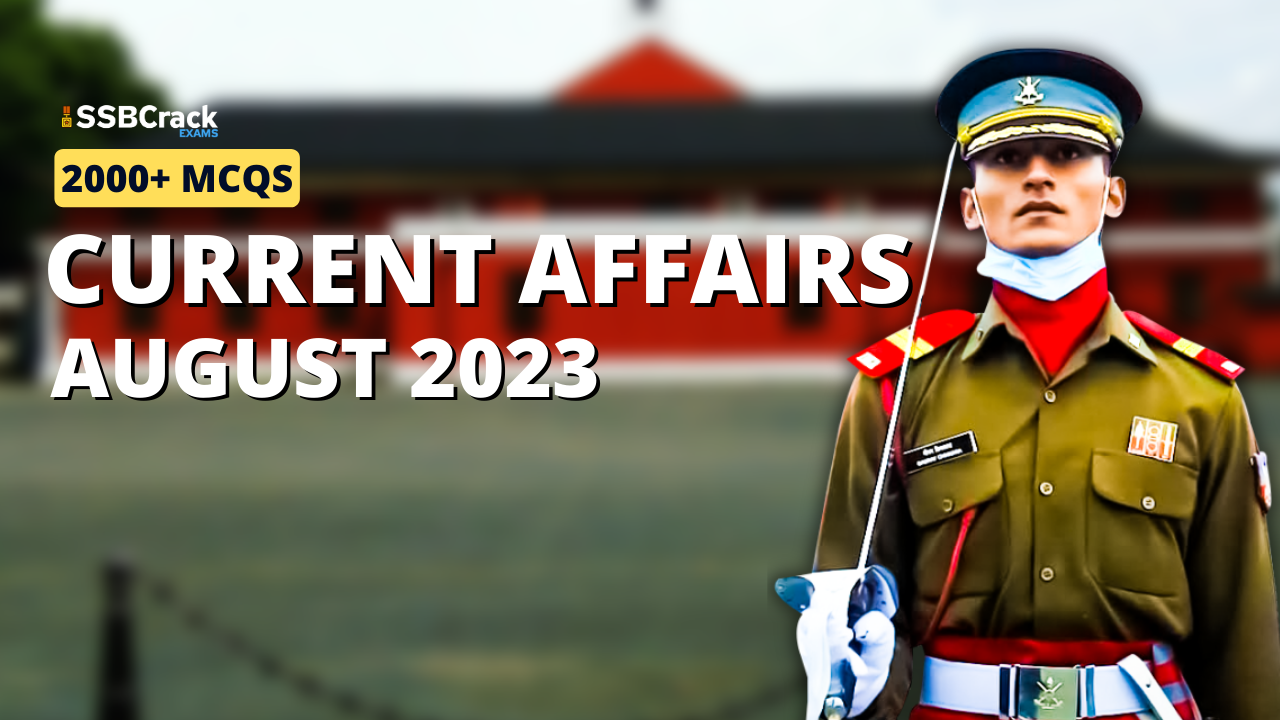The MiG-25 Foxbat is a supersonic interceptor and recce aircraft that was among the fastest military aircraft to enter service. It is one of the few combat aircrafts which was built primarily using stainless steel. It first flew in 1964 and subsequently entered service in 1970.
Being an interceptor aircraft itself, it flew so high and so fast that it was hard to intercept this aircraft even by the fighters. A total of 1,190 of these mighty machines were built between 1964 to 1984.
The deception
When the aircraft was first seen in recce photography, its enemies – the US, in particular, thought it to be an enormous and highly maneuverable fighter. It caused so much fear with the US that even the appearance of the MiG-25 sparked serious concern in the West. It prompted the US to increase F-15’s performance.

The Mig-25 was also a high altitude reconnaissance aircraft, besides being an interceptor. It was operated in the conditions of direct radio communication with the ground and was capable of taking photographs of whole United Kingdom within one flight.
Soviet Pilot Going Rogue – The Defection
Soviet pilot Viktor Belenko, in 1976, went rogue and defected in a MiG-25 to the United States through Japan. The then Lieutenant Belenko was a pilot with the 513th Fighter Regiment, 11th Air Army.
With his defection, he gave the Western intelligence officers the opportunity to give a first close look at one of the most secretive airplanes of those years. He helped the American experts in evaluating the aircraft through his pilot’s manual.
It was dismantled and after examining the aircraft extensively, was later returned to the Soviet Union.
One of the reasons of Belenko’s defection was his disbelief in the communist regime during the cold war era where nukes were the psychological means of warfare. One of the ways to deliver these nukes was to use the strategic bomber. The bombers with the US were subsonic, and Foxbat could have easily intercepted it.
Mig-25 and India
The MiG-25 was inducted into IAF on 17 Aug 1981 with 102 Trisonics Squadron at Bareilly. The first sortie took place on 25 Aug 1981.
The IAF operated perhaps the smallest squadron of MiG 25 aircraft. The sole purpose of this aircraft was ‘Strategic Reconnaissance.’
Bareilly had been the parent base of the aircraft throughout its service. The aircraft did undertake sorties from other airbases as well in course of its missions and also took part in the Kargil war.
The MiG 25 aircraft were flown in dismantled condition to Bareilly, in Antonov aircrafts. This led western analysts to believe the Antonov as huge acquisition for Indiam Air Force. The base for the MiG25 was located in Bareilly, an otherwise not a location one can think for a secret aircraft.
This aircraft remained so secret that not even all serving officers of the IAF had seen the aircraft during its active years. It was the best aircraft which the IAF had and naturally was flown by the best IAF pilots.
The No.102 Trisonic squadron flew several photographic missions over China and Pakistan in late 1980s. To be a Foxbat pilot kind of required excellent flight record and highest flying experience.
Over the years at least 3 MiG-25s were lost on routine sorties. During its entire service with the IAF, only 42 IAF pilots were ever qualified to fly this fighter.

The aircraft was finally phased out on 1st May 2006. All the 6 airframes that were remaining were sent out to be preserved. One each in Barielly, Kalaikunda, Dundigal, Palam, Khadakvasla and Jodhpur.
IAF Mig-25 in Islamabad
On a secret mission in May of 1997 a MiG-25 entered Pakistani airspace subsonically at around 65,000 ft and photographed strategic installations near Islamabad. It then turned back towards India with the pilot accelerating up to Mach 2 and dropping a large sonic boom as he exited Pakistani airspace.
The IAF MiG-25 created a furore when the pilot flew faster than Mach 2 over Pakistani territory. The Foxbat broke the sound barrier while flying, otherwise the mission would have remained covert, at least to the general public.
Before the Pakistanis could figure out what had hit them or scramble their fighter aircraft, the intruding MiG-25 was back in Indian airspace.
Such were the days of Mig-25’s secrecy that even the Americans feared it. Had it not been for the acts of traitor Viktor Belenko, the Mig-25 would not have become available for exports.


















